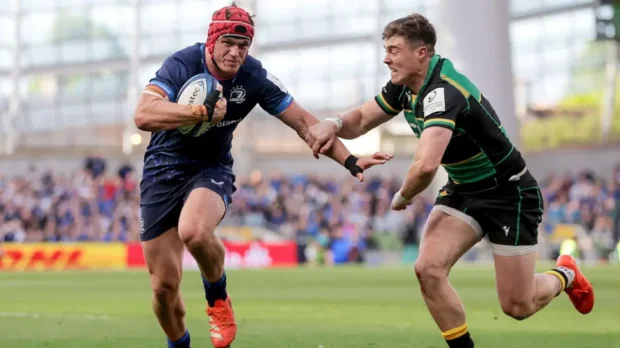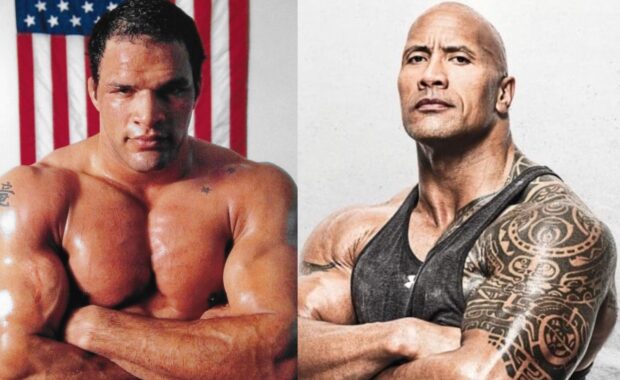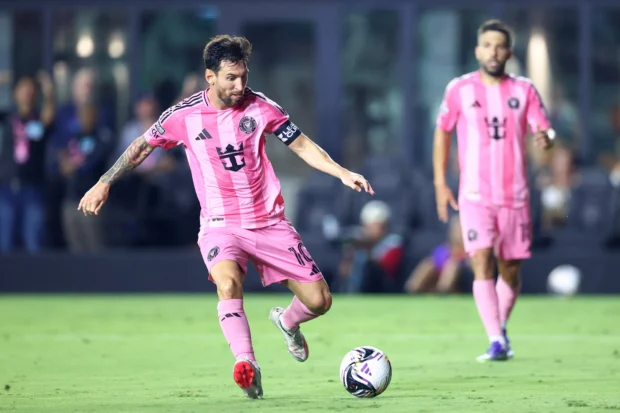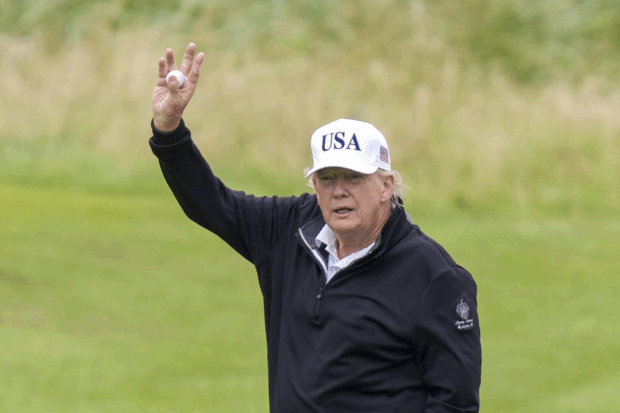
The inclusion of transgender athletes in women’s sports has become a complex and often contentious issue, raising questions about fairness, safety, and the preservation of opportunities for female athletes. While advocating for inclusivity and respect for transgender individuals is crucial, it’s equally important to acknowledge the concerns and challenges that arise when biological males compete in women’s sports.
One of the primary concerns is the potential for biological males to have inherent physiological advantages over female athletes, even after transitioning. These advantages, including differences in height, weight, muscle mass, and bone structure, can create an uneven playing field and potentially diminish opportunities for female athletes to excel and win.
The Women’s Sports Policy Working Group has compiled a database tracking instances of male athletes winning in women’s sporting events. The database, which includes over 5,000 cases across various disciplines, highlights the potential for displacement of female athletes from podiums, prizes, and recognition.
Quotes from female athletes who have experienced this firsthand illustrate the emotional impact of this trend:
- “I’ve left cycling. Losing to a trans rider hurts on a million different levels.” – Hannah Arensman, US cycling champion
- “Transgender competitors are ruining our sport.” – Heather, who quit a ladies shore angling team
These voices express the frustration and disappointment felt by female athletes who feel they are losing opportunities due to the inclusion of male athletes.
Another concern is the potential for safety risks, particularly in contact sports. Tamikka Brents, an MMA fighter who suffered serious injuries after fighting a male athlete, shared her experience of feeling “overpowered” in a way she had never felt before.
It’s important to acknowledge that transgender individuals should not face discrimination in other areas of life. However, the unique context of sports requires careful consideration of the physiological differences between males and females and their potential impact on competition.
Finding a balance between inclusion and fairness is a complex challenge. While it’s crucial to create a welcoming and inclusive environment for all athletes, it’s equally important to ensure that female athletes have a fair chance to compete and succeed in their chosen sports.
This issue requires open and honest dialogue, considering the perspectives of all stakeholders, including transgender athletes, female athletes, coaches, and sporting organizations. The goal is to create policies and guidelines that promote both inclusion and fairness, ensuring that all athletes have the opportunity to participate and thrive in a safe and equitable environment.
Some potential solutions being explored include:
- Open Categories: Creating open categories where athletes of all sexes and gender identities can compete together. This allows for inclusion while maintaining separate categories for female athletes.
- Performance-Based Standards: Establishing eligibility criteria based on performance metrics rather than solely on gender identity. This could help ensure a more level playing field.
- Increased Research: Investing in further research to better understand the physiological differences between male and female athletes and their impact on sports performance.
Finding a resolution that satisfies all parties will require ongoing discussion and collaboration. However, it’s crucial to prioritize the well-being and opportunities of all athletes, ensuring that sports remain a fair and inclusive space for everyone.















Be the first to leave a comment